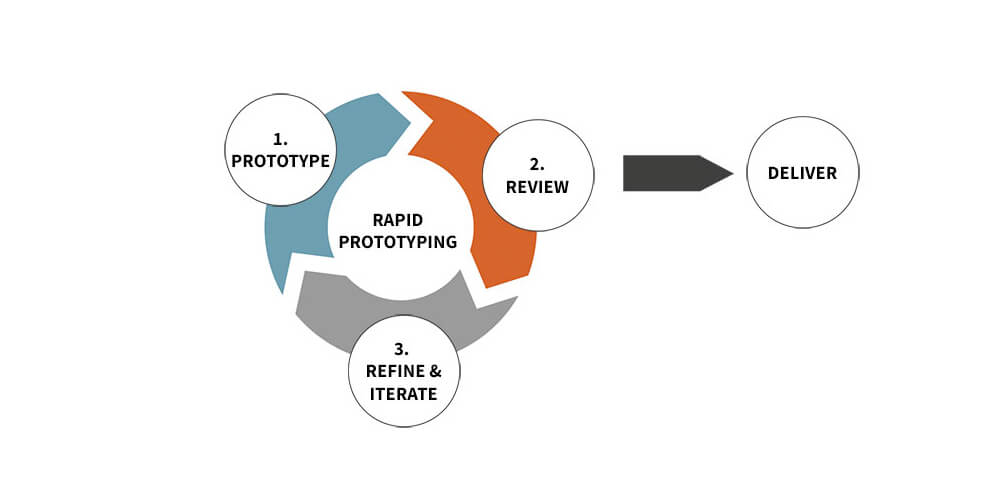When it comes to stage control or television studios production, reliable and quick control is required. Novastar provides two options. You can use the C1 console or V-Can. V-Can management software is compatible with both the Novastar J6 and N9 for stage control. The C1 control console supports both the J6 and N9. The Novastar Live Events Solution Set is an all in one comprehensive package.
Novastar live Events Solution Set Products Features
- Novastar has 4K for professional and breathtaking visuals. Supports up to 4K x 2K@60Hz and up to 16 video input sources. 3 Auxiliary output ports for teleprompter.
- Supports up to 1024 steps of fade in and fade out.
- Supports up to 32 users
- The C1 console has a dual-LCD touchscreen, one screen for monitoring, and the other for touch control.
N9 Multilayered Splicer and Switcher
N9 is high-performance multiple screens spicing video processor with the capacity of processing Ultra-HD images. A single N9 can load a screen of up to 8K.
N9 Features and Specifications:
- Real 4K for a professional and breathtaking pixel to pixel display.
- 9 input sources with two 4K inputs.
- 4 DVI outputs for up to 8K x 1K or 4K x 2K loading capacity on a single unit.
- Multi-layered for a creative arrangement
- The N9 supports 7 layers, each up to 4K x 2K.
- Ultimate efficiency with full features
- Supports up to 32 users presets accessible via the push of a button.
- 2 Aux Outputs are used as teleprompters, fade-in, and out effects.
- Dual-Redundancy for stability
- Supports dual or single link mode of redundant backup outputs.
- MVR output that allows complete monitoring.
- Control method can be used via USB or network( C1 Console or V-Can software)
- Genlock Input and loop for synchronization.
- Range of Inputs HDMI 1.3, 3G-SDI, DPI and DVI.
C1 Video Control Console Features and Specifications
- Dual touchscreen design
- One screen allows for PVW and PGM monitoring.
- The second screen has a touch screen function for the operation to control outputs, inputs, and display.
- Advanced design for simple operation and an aviation style T-Bar for easy operation.
- Supports numeric inputs to adjust parameters
The Novastar J6 Multi-Splicing Processor Features
- Dual-mode provides ultimate flexibility with either splicer or switcher mode.
- On Splicer mode, 4 output with support for up to 4K x 2K processing.
- On switcher mode you have :
- 2 main outputs with support of up to 4K x 2K processing.
- Total support of up to 6BKGs
- 8 input sources that provide stunning and professional image quality.
- Multiple layers that support up to 6 layers with each up to 4K x 2K processing.
V- Can Smart Control Management Software Features
- Simple and user friendly interface
- Compatible with other Novastar products
- Easy and quick layer creation
- Flexible switching effects
- Supports Windows and MacOS operating systems.
Novastar provides reliable live event set solution for professional and excellent visual display. The Novastar Live Event Solution Set is an all in one comprehensive package.








